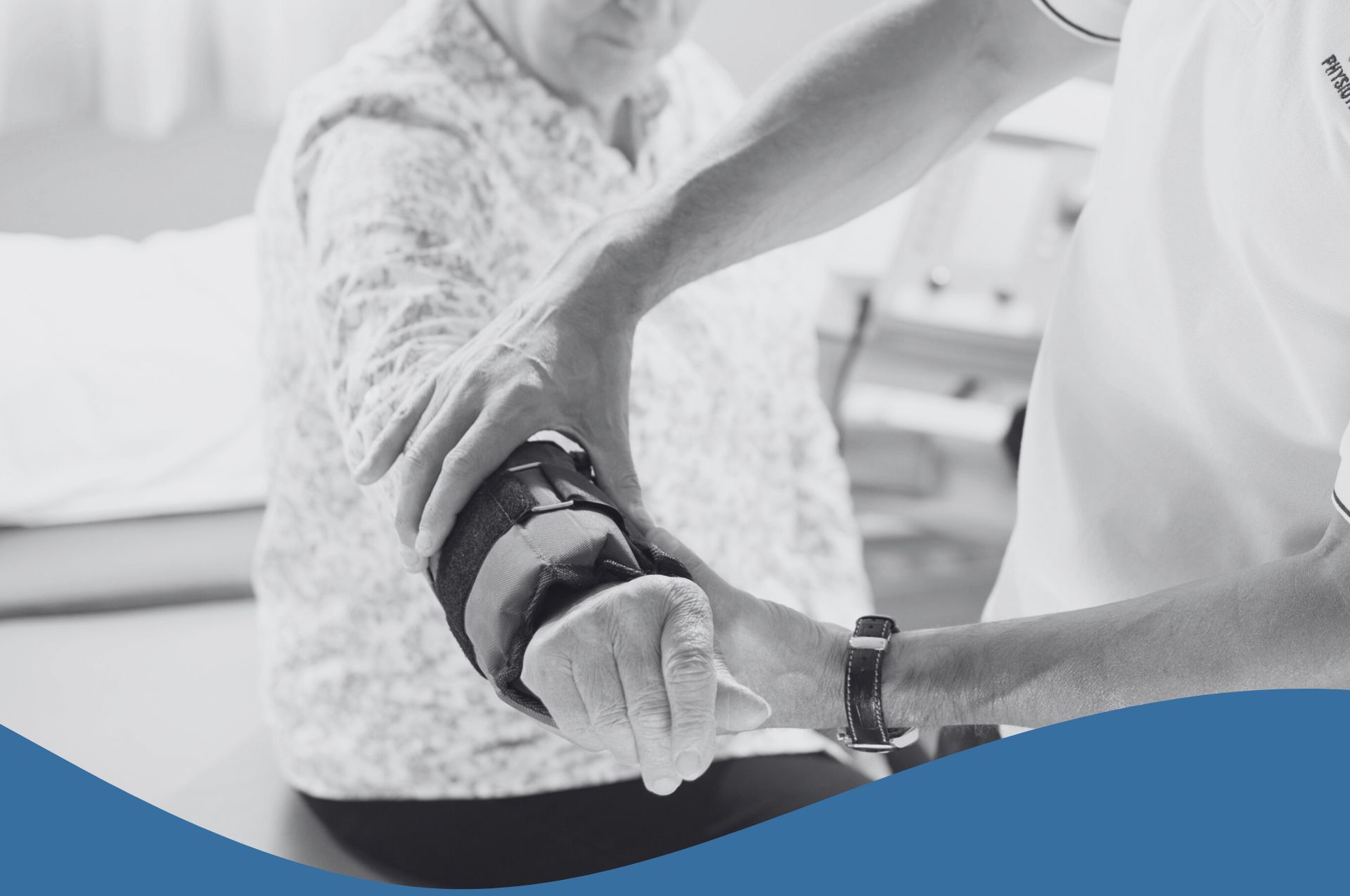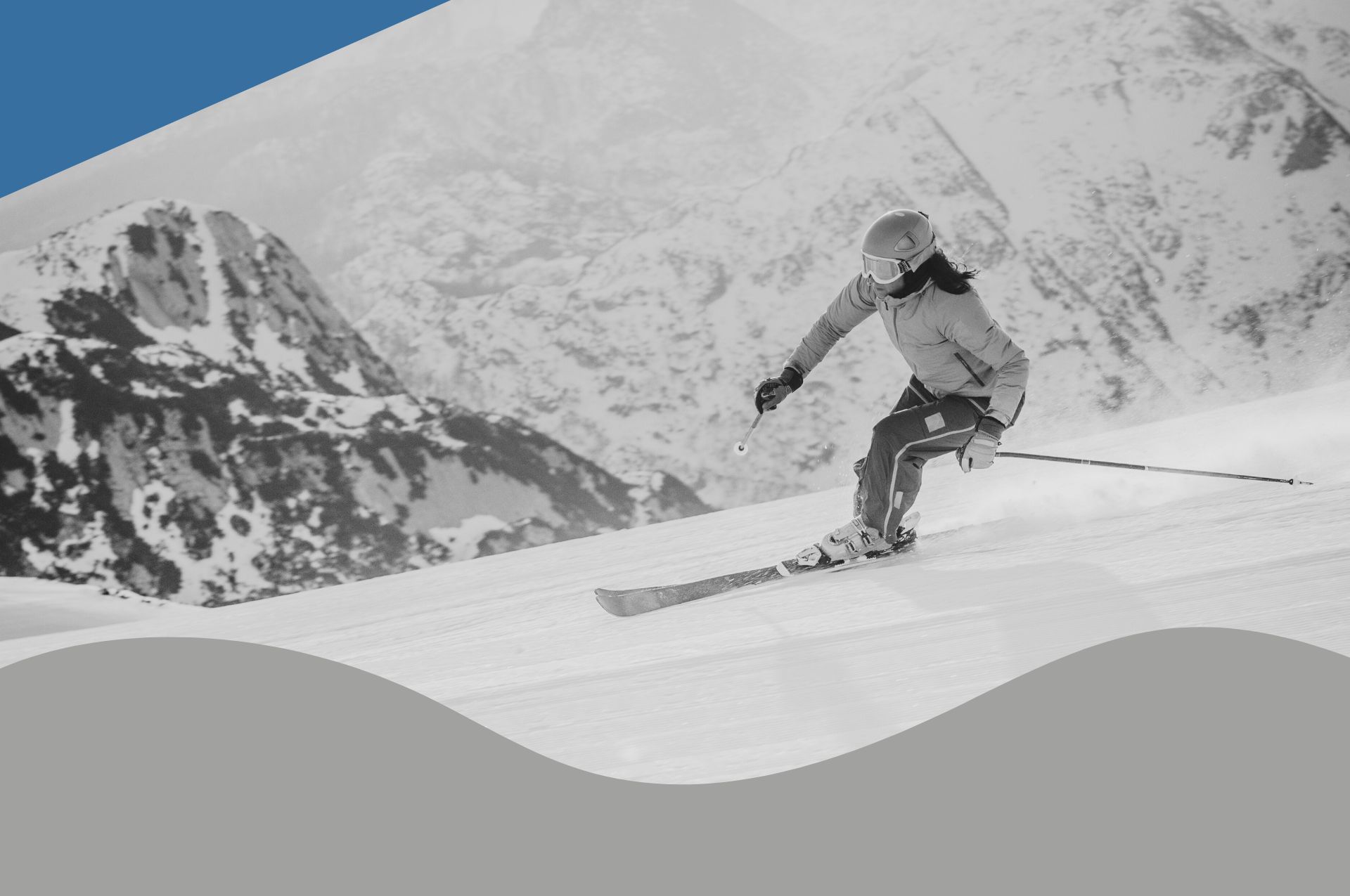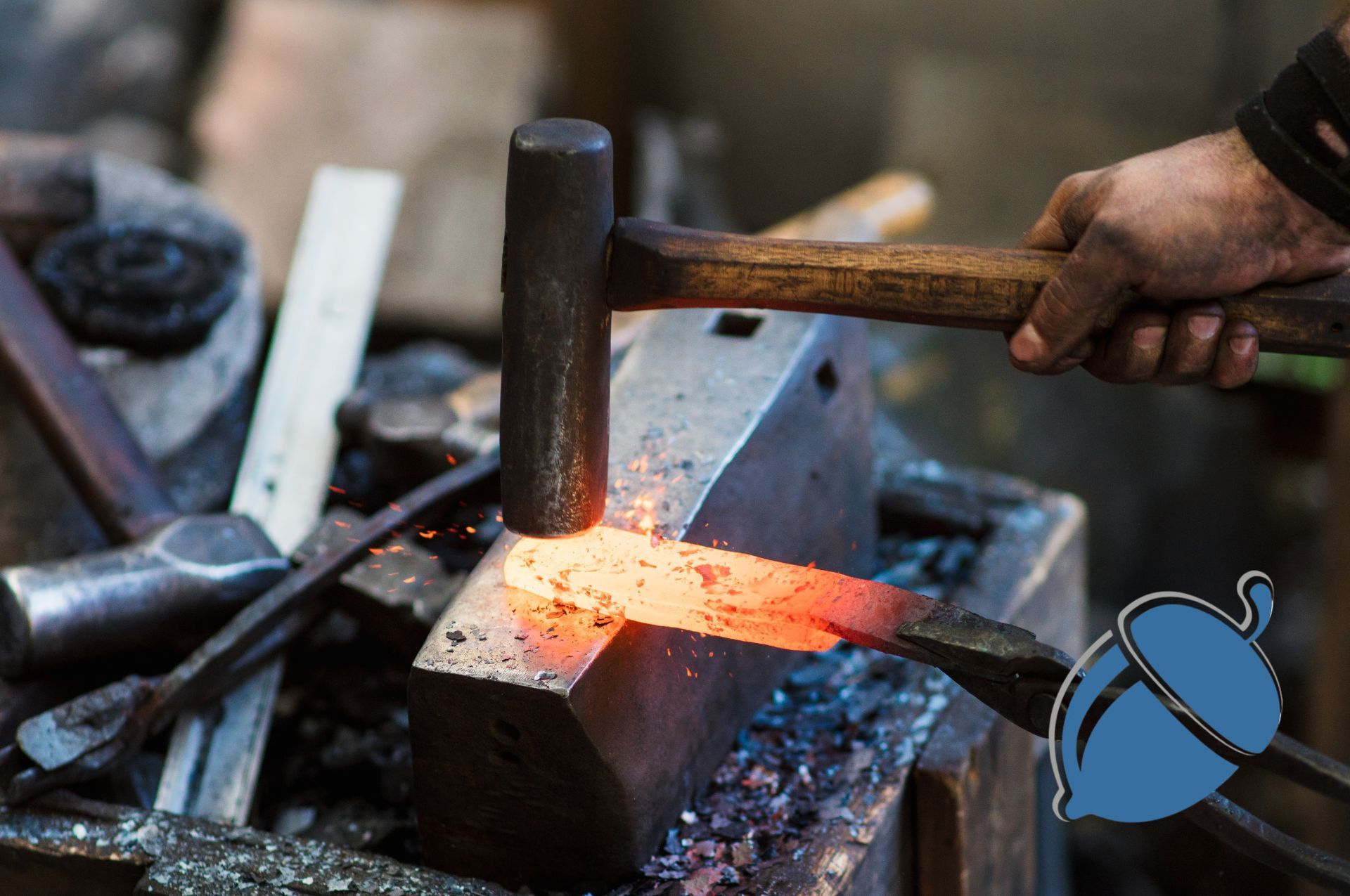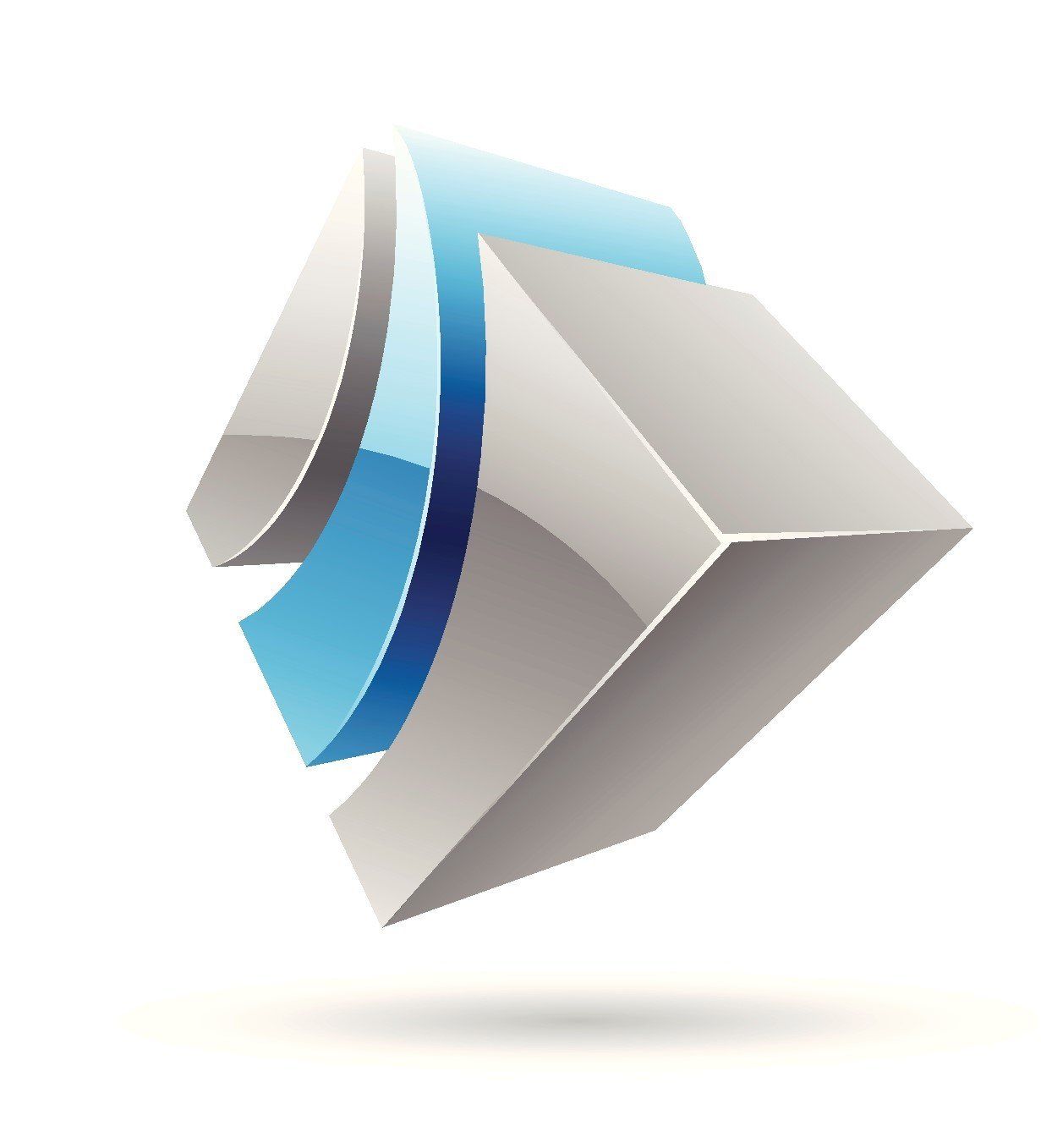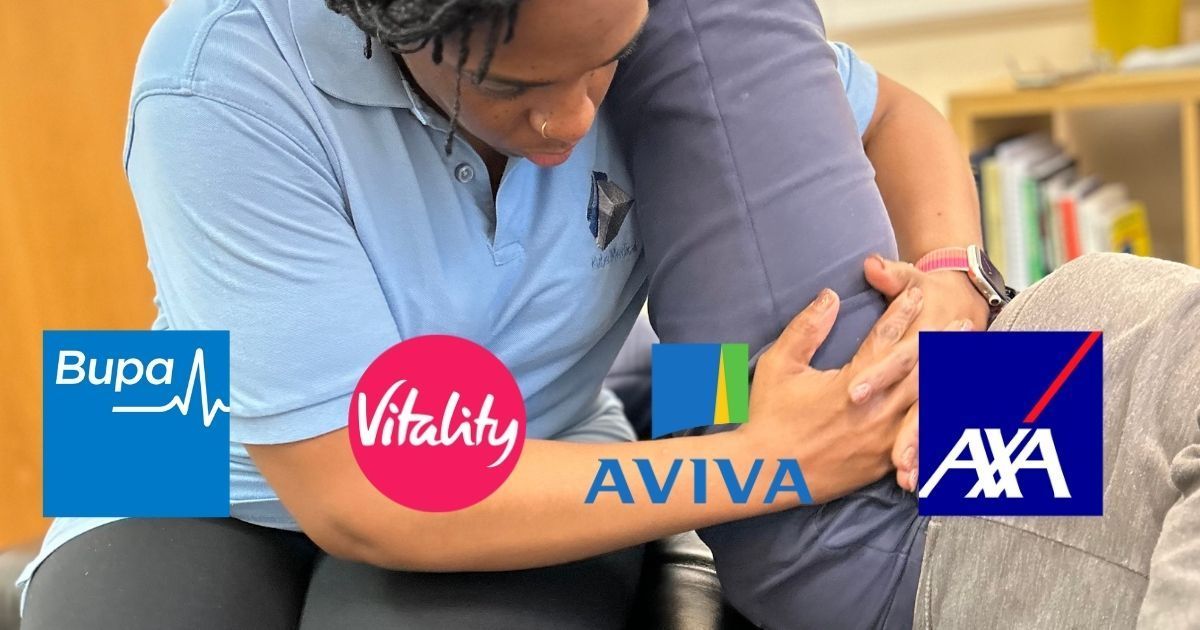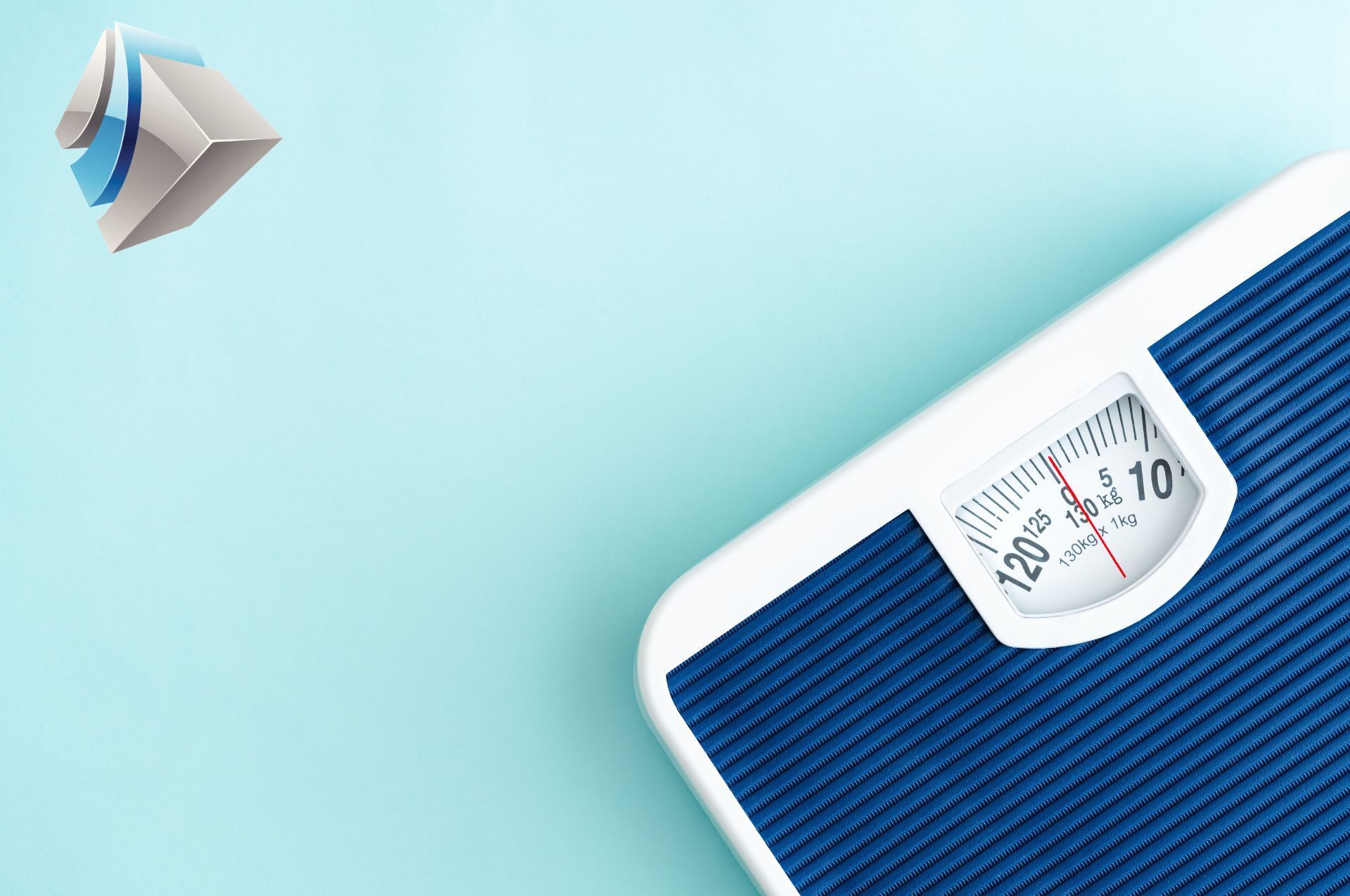Recognising a disc issue
If you are dealing with back pain, it's important to be able to identify the source of the problem. One common cause of back pain (with or without leg pain) is an intervertebral disc (IVD) injury.
IVD’s are fluid/gel filled fibrous sacs, which cushion your spinal segments and protect them during walking, running, jumping and other loading tasks. The colloquial term ‘slipped disc’ is a bit of a misnomer, as the discs are very firmly attached to the spinal segments above and below them. Detachment of the IVD’s from the vertebrae only occurs in very extreme circumstances such as a result of a serious vehicle accident, or in those with a connective tissue disorder present from birth.
In most cases, you will likely only have a very small tear to the outer fibrous capsule of the disc. This mild damage causes an inflammatory response which may or may not cause pain, discomfort and mild irritation and in some cases compression of the nerves which pass out of the spine.
You may have a disc injury if:
- You feel sudden, sharp, or shooting pain down your arms and or legs.
- You have trouble bending or straightening your back.
- You feel numbness or tingling in your arms, legs or feet.
- Your pain gets worse when you sit for long periods of time.
Your back pain may be more serious if:
- You suddenly experience loss of bowel or bladder control.
- You experience sudden loss of sexual function.
- You feel a strange sensation or numbness in your saddle area.
- You suddenly lose the ability to walk or can't feel your legs.
If you experience any of these symptoms this is likely to be a medical emergency. Get yourself to Accident and Emergency!.
Pain referral patterns
If you have referred pain which runs from your spine down your extremities, this may be an indication of a disc injury. It doesn't have to be caused by your disc, and there are various other mechanisms by which this can occur.
Direct nerve compression can happen if you have a very tight muscle surrounding your nerve. It can also happen if you have inflammation, and or swelling around the nerve. It is important to seek professional help to differentiate between these factors that cause pain referral to rule out other more sinister causes.
Here are some examples of common referral patterns from nerve root compression in the lower back, and lower neck. Nerve roots are the name given to the part of the nerve which leaves the spinal cord and exits the spine towards your extremities. Symptoms of severe pain, numbness, weakness and pins and needles more commonly occur due to compression of this part of the nerve.

What a disc injury looks like
The medical term that describes the presentation of a patient with a possible indicator disc injury is antalgic posture. The patient will often be leaning to one side to avoid loading the site of injury. This is your body's natural protective mechanism to guard your injured disc.
If this sounds like you, you may be suffering from disc related pain. You may find that sitting is more uncomfortable than standing, and repetitive bending and twisting will increase the pain. It may also increase symptoms into your thigh, leg and down to your foot. The good news is that disc injuries are extremely common and in the majority of cases are not serious, although they can be extremely uncomfortable and tend to take longer than a simple muscle strain to get better.
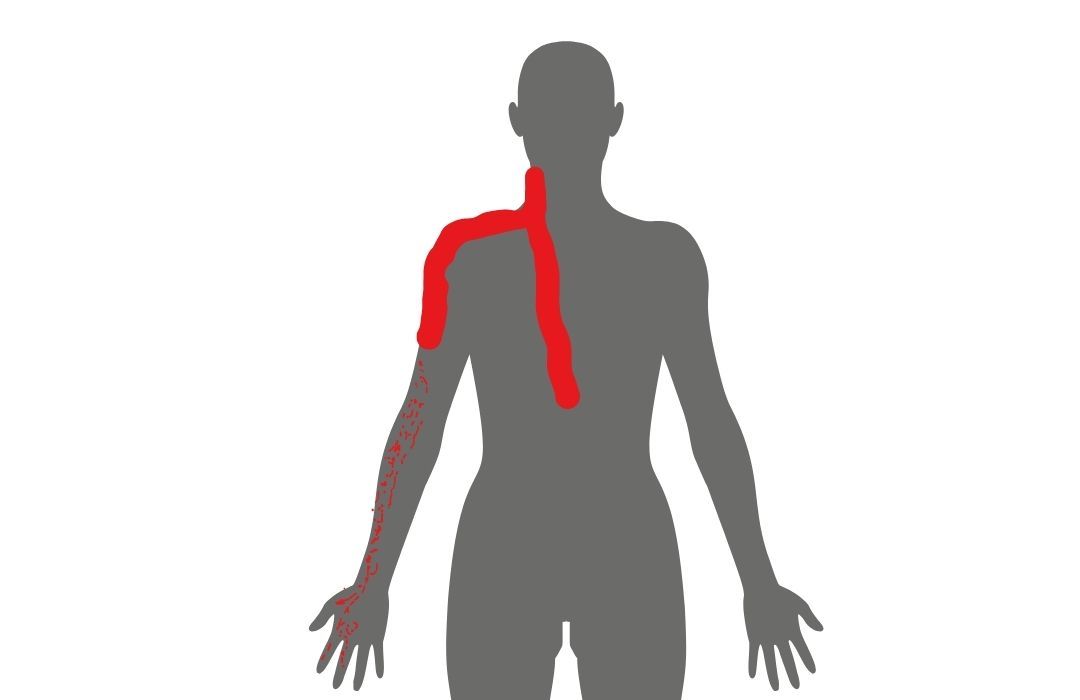
Tips for living with a disc injury
Some people find that pressure can be taken off the disc if they lay on their belly for 15-20 minutes. It may help to find someone to slowly and gently pull on your legs in a rhythmic fashion, which will impart a traction force on your spine. This may be helpful to allow the disc to reabsorb fluid and to heal more quickly and relieve pain for short term relief, Adams, et al., (2000).
Treatment options for disc issues
- Leave it alone: As with most injuries, it’s possible your injury will get better on its own. The average healthy individual has an innate healing capacity to recover, as long as they have adequate sleep, nutrition and time to recover. However, being in excruciating pain is physically and mentally draining. It also has the potential to ruin your quality of life in the short-term and in some cases the long-term.
- Manual therapy:
Osteopathy,
Chiropractic,
Physiotherapy and Sports therapy use a wide variety of manual techniques to reduce joint stiffness, increase range of motion and reduce disability caused by back pain Biolosky et al. (2018). These include soft tissue massage, joint mobilisation and high velocity thrust spinal manipulation techniques. Manual therapy is also theorised to increase blood flow and neurological input. This may help to improve function in the spine.
- Acupuncture/dry needling:
This form of semi-invasive treatment has been used for centuries in Eastern Asia to restore blood flow and natural energy to areas which have become injured or pathological. It is also proven to be an effective form of pain relief. It involves penetrating the skin and soft tissues with a tiny needle which is pushed to varying depths depending on the size of the muscle/tissue being treated.
- Exercise Rehabilitation: Weak or under-used muscles may not be doing their job and may be a contributing factor to your disc injury occurring or preventing adequate recovery. This provides you with the tools to manage your own recovery, and ongoing health and wellbeing. This will help you to return to your former condition, or maybe even exceed your own expectations.
- Shockwave therapy: This is a machine-mediated therapy. It breaks down scar tissue, calcification and can reduce swelling due to injury. Generally it is recommended for chronic issues which are not getting better, such as tendon issues, or post surgical scarring.
- Laser therapy:
This is another machine-mediated therapy which has been proven to accelerate tissue healing by roughly 30 percent. It is a non-contact therapy and therefore is suitable for open wounds and hard to reach areas such as inside the mouth. It is currently being trialled for diabetic ulcers and peripheral neuropathy, as there is some evidence of regeneration of neurons mediated by laser therapy.
- Surgery: In most cases surgery will not be necessary to resolve a disc injury. However, in isolated cases where pain is persistent and can not be resolved by conservative treatments, you may need to undergo a procedure in order to decompress vital nerves of blood vessels within or near the spine in order. Thankfully these cases are rare. Most cases do not require this intervention.
Recovery time for disc issues
- As with most injuries, this can vary considerably. Healing time depends on the severity and mechanism of the injury.
- An isolated mild disc tear or protrusion can heal in 3-6 months. You must take care to avoid further damage and take responsibility for self-management and rehabilitation.
A more traumatic and severe tear or rupture of the disc sustained during a road traffic collision for example may take years to fully recover. Even severe disc injuries can be treated conservatively as long as you can self-manage effectively again.
Factors such as stress, poor sleep or nutrition, fear of movement and inactivity can all increase recovery time or prevent you from recovering completely. Which is why your medical practitioner is here to give you the confidence to facilitate your recovery.
Preventing future disc issues
Following a disc injury, recurrence is fairly common due to the weakness in the tissues surrounding the disc, spinal muscles and ligaments. Rehabilitation is therefore very important. You are likely to need to keep on top of your exercises and self-management in order to prevent the injury flaring up.
It’s not all doom and gloom though. The act of having a consistent exercise routine will not only reduce the likelihood of the injury returning, but it will help prevent new injuries and increase your general health.
References:
Adams, Michael A. PhD*; May, Stephen MA, MCSP, Dip MTD, MSc†; Freeman, Brian J. C. FRCS (Orth)‡; Morrison, Helen P. BSc*; Dolan, Patricia PhD*. Effects of Backward Bending on Lumbar Intervertebral Discs: Relevance to Physical Therapy Treatments for Low Back
Pain. Spine 25(4):p 431-438, February 15, 2000.
Biolosky, J, E. et al. (2018) ‘Journal of Orthopaedic & Sports Physical Therapy
Published OnlineDecember 31, 2017 Volume 48 Issue 1 Pages 8-18.
https://www.jospt.org/doi/10.2519/jospt.2018.7476.
